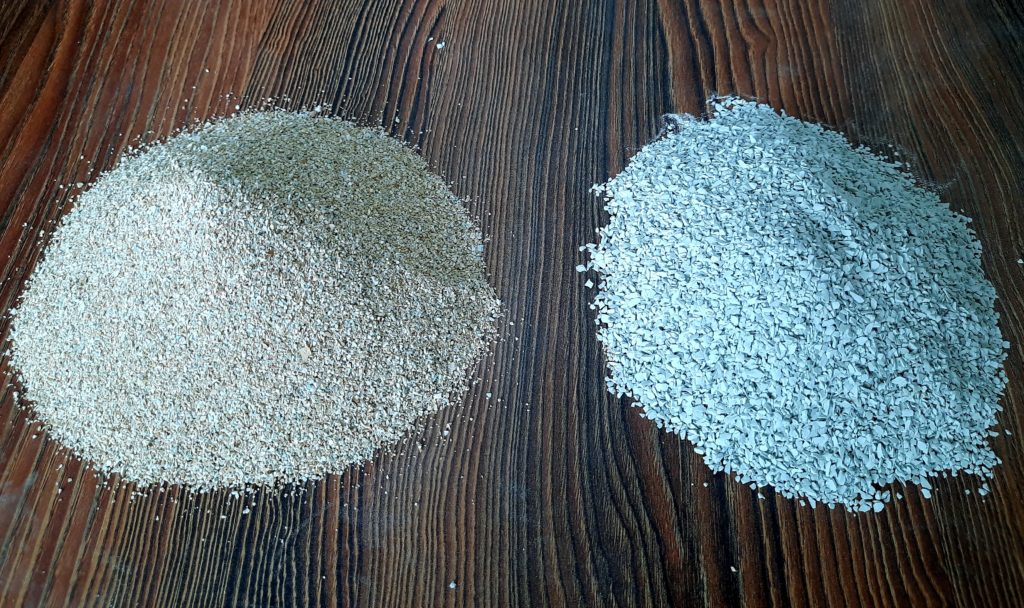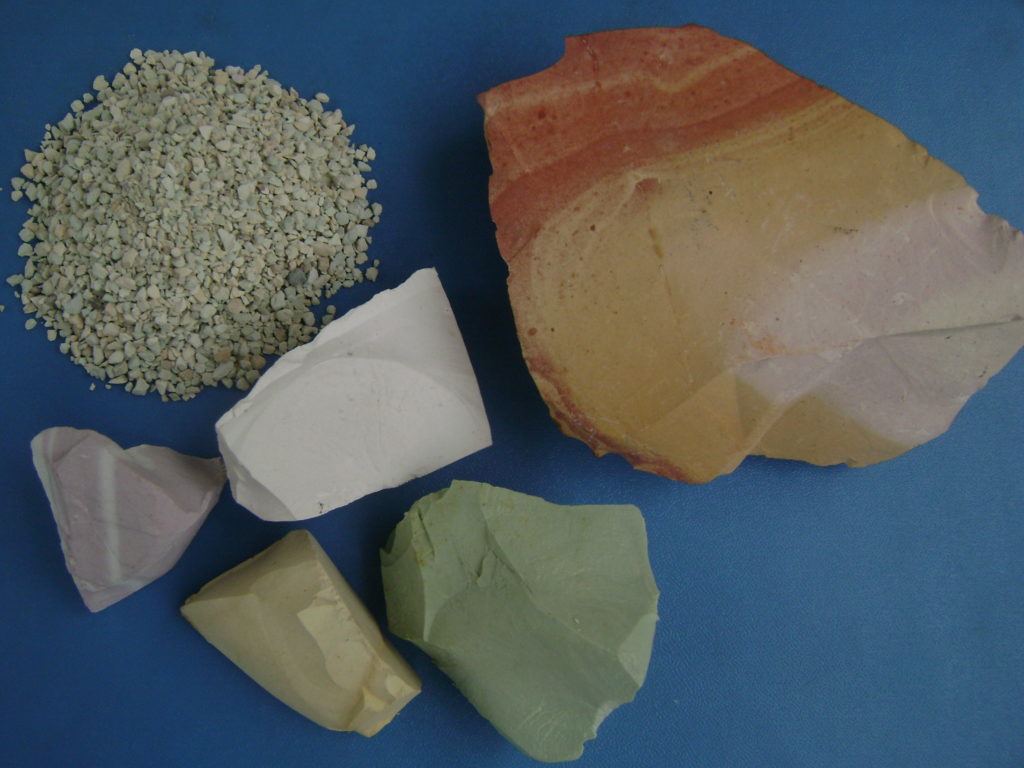Pollution and limitation of water, soil and food resources and providing healthy and adequate resources for the increasing population of the world is one of the most important challenges for modern mankind. In recent years, demand for using natural material have increased due to increasing diseases resulted from polluted resources and using synthetic materials.
Clinoptilolite-zeolite is one of the best natural materials could have an important role to solve of these problems due to its unique and specific properties.
Due to unique properties of this mineral it is entitled “Magic Mineral”.
Due to its unique structure, zeolite has very exceptional properties including: high thermal and chemical stability, high cation exchange capacity, high water absorption capacity without structural change, high surface area, very fine pores and etc. Zeolites are hydrated crystalline aluminosilicates of alkaline and alkali-earth metals with tri-dimensional crystalline structure. These minerals are characterized by the ability to lose and gain water reversibly and to change some of their elements without significant changes in their structure. Zeolite are porous due to its crystalline structure consisting of a threedimensional tetrahedral network of silicon and aluminium linked together by common oxygen atoms. These pore are a product of interlinked cages, resulting from the tetrahedral structural arrangement of atom. As a result, people are constantly developing new applications for this versatile mineral and it is emerging as one of the most useful minerals explored today. Clinoptiloite is the most common naturally occurring zeolite. Only recently, true potential and amazing capability of zeolite have been discovered. As a result, it has also been named the mineral of the 21st century and various new applications are continually.
Zeolites could find as well developed crystals in veins, cavities and vugs of volcanic rocks or as fine grained crystals in volcaniclastic and sedimentary rocks. Fine grain zeolites are homogeneously distributed in the volcaniclastic or sedimentary rocks. Regardless the formation mechanism, the zeolite deposits are known sedimentary deposits Zeolites can form from various materials such as volcanic glass, impact glass, non-crystalline and crystalline clays, feldspar, feldspathoid, and even zeolite itself. the most important and suitable starting material for natural zeolites are volcanic glass fragments, due to high chemical reactivity, similarity of bulk composition with zeolites, and withspread occurrence in space and time


